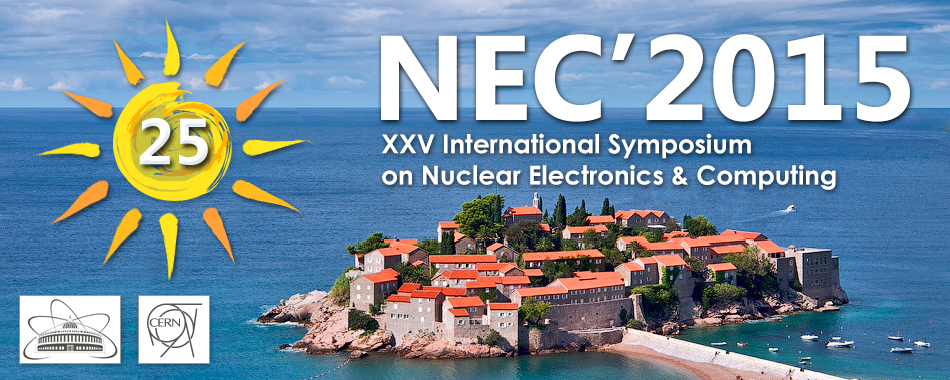Speaker
Nadezhda Tokareva
(Dubna Univeristy)
Description
The authors observe the practice of implementing the Virtual Computer Laboratory in Dubna International University for Nature, Society and Man. New generation of the virtual computer laboratory has introduced game-changing technology to make virtualization of professional 3D graphics applications easy to deliver and meet the performance expectations of students studying for designers and engineers. Provide a high level of education for IT specialists is significant for stable social development within intensive changes in social economic, scientific and technical fields. University graduates with degrees in IT are demanded by innovative enterprises in SEZ (Special Economic Zone) Dubna, local engineering companies and the businesses located at nearby Moscow. In order to improve the quality of professional training the educational institution must catch up with the progress introducing innovations into the educational process and e-learning systems based on advanced information technologies.
For that purposes, the Virtual Computer Laboratory 2.0 based on a cloud computing technology was developed and successfully implemented in Dubna International University for Nature, Society and Man. Creating the University private cloud based on VMware technologies, IBM/Lenovo Blade-servers and Supermicro server platforms with GRID of Nvidia Kepler video graphic cards allows implementing latest operating systems and a wide range of software (with 3D graphics support now) and deliver parallel computing platform and programming model invented by Nvidia. It enables dramatic increases in computing performance by harnessing the power of the graphics-processing unit (GPU) for wide range of scientific analysis, modeling, graphical representation tasks and engineering development.
The solution also accelerates virtual desktops and applications, allowing us to deliver true graphics from the datacenter to any user on the network to achieve improved productivity and mobility for all of our students, postgraduates, teachers and etc. The Virtual Computer Laboratory also introduces access to all critical applications, including the most 3D-intensive, highly responsive, rich multimedia experiences access from anywhere, on any device.
The practice of virtual computer laboratory use has demonstrated that this efficient instrument can and must become a part of the modern innovative education to form up professional competences of graduates so that they are able to successfully resolve tasks in accordance with the profession being obtained.
Summary
Innovative education technologies. Cloud technologies in education. Virtualization. 3D Graphics as Service. Graphics GRID. Educational Data Processing Centers.
Authors
Mrs
Evgenia Cheremisina
(Dubna International University of Nature, Society and Man. Institute of system analysis and management)
Nadezhda Tokareva
(Dubna Univeristy)
Co-author
Sergey Perliak
(Dubna University)

